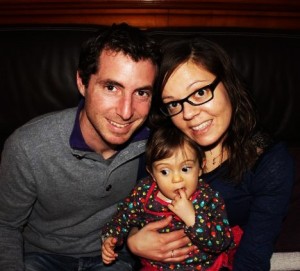Sericulture
Sericulture is the rearing of silkworm (Bombyx of the mulberry tree because it feeds exclusively on mulberry leaves for 5 weeks) before weaving a continuous thread which solidifies to form a cocoon. The place of rearing silkworms is called Magnanerie.
It grows up to 10 000 times its birth weight. The cocoon is a single thread of silk which can reach 1.5 km long. Reeling cocoon (or recovery of the thread) has long been made by silkworm rearers themselves and by spinning mills.
After reeling the cocoon, Moulinage is the operation of twisting silk thread to make it more solid.
Moulinage:
The factory, also known as moulinage is a long building which receives water from the river to provide the motive force The work consolidates the thread in different operations:
- Loosen the thread in an oily liquid
- Reeling: winding the yarn on a horizontal coil (“roquet”).
- Dubbing: assemble the threads of two roquet on a single coil.
- Le moulinage: to consolidate the thread and allow different fabric qualities.
The Vivarais was located between the sericulture regions of Languedoc and Vaucluse and silks factory of Lyon, promotes the development of the first factories of silk work in the seventeenth century. Indistrualists of Lyon, were looking for energy and labor in valleys.
Champestève:
The Moulinage in St Lager Bressac) gave work to a dozen workers housed on site (our current home).
The Moulinier (family Champestève), owner of moulinage, occupying a floor apartment (cottage Cocoon). The name of the street today has kept the name of this ancient family of millers.
The vaulted hall (in the basement) housed mills (mechanics of moulinage), for a constant temperature and humidity (25 ° and 85% humidity).
Later, a flour mill was attached to the moulinage (cottage Moulin).
Deserted in 1925, these buildings have been rehabilitated by the owners in 1983.
The Ardèche has been closely linked to the work of the silk until the late nineteenth century.
The department had in 1867 (at its peak) 380 Moulinages and used the 2/3 of the employees of the department.
La seule trace encore visible du passé se trouve dans l’entrée du gite Moulin, où une partie du mécanisme du Moulin a pu être conservée (photo ci-dessous).





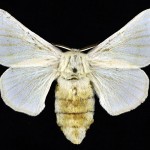
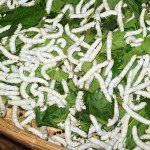


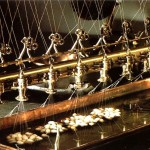
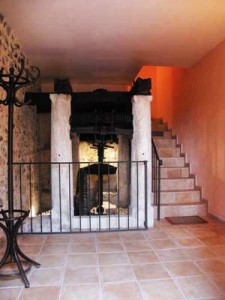


 maelysweb
maelysweb 
